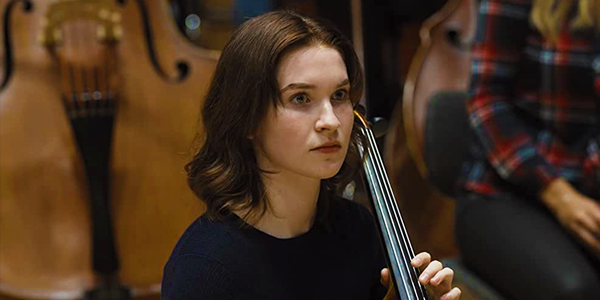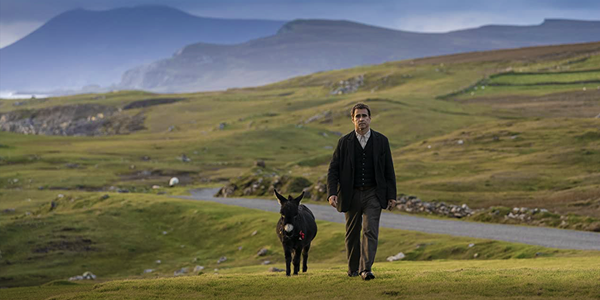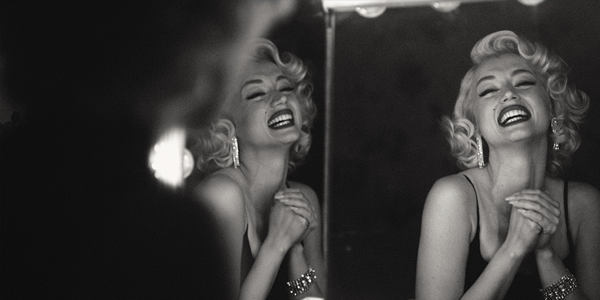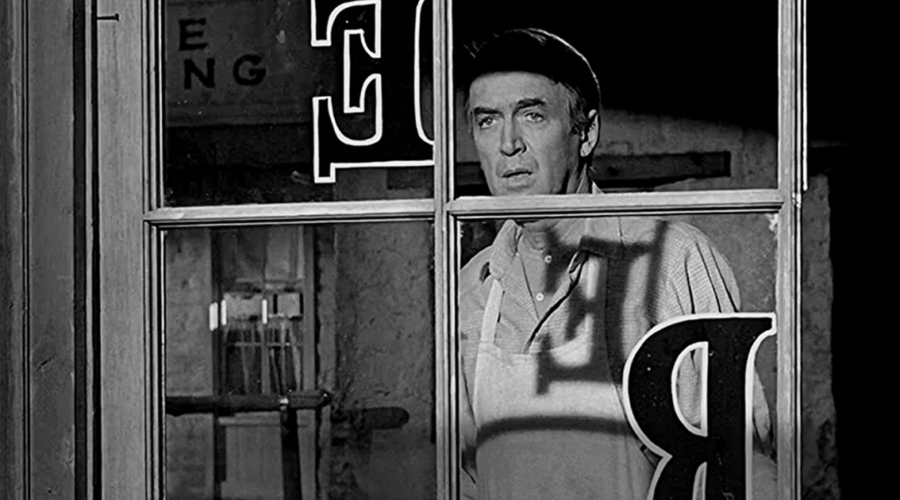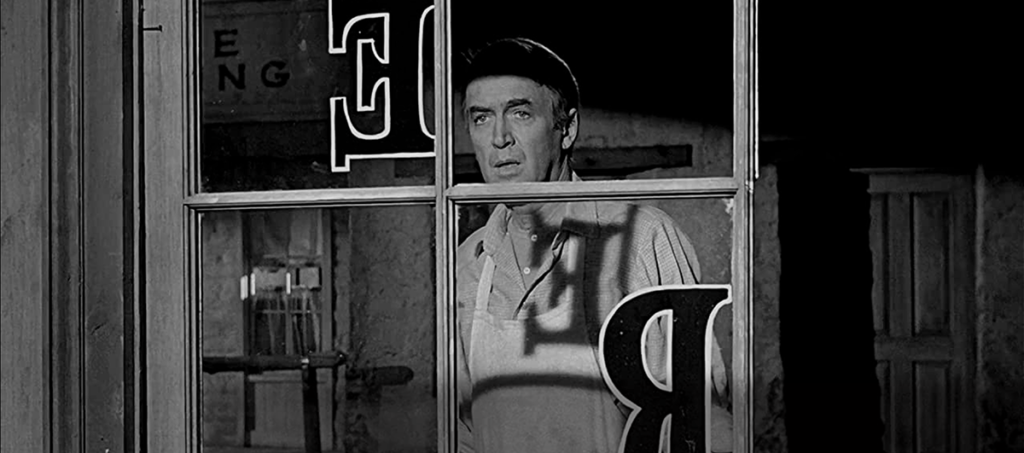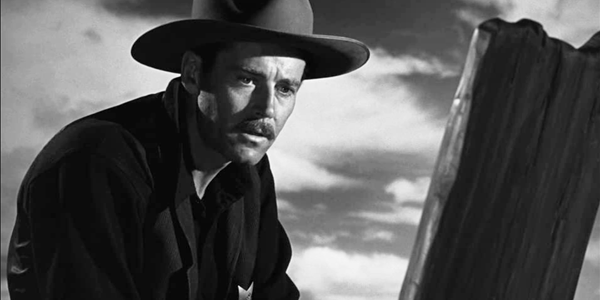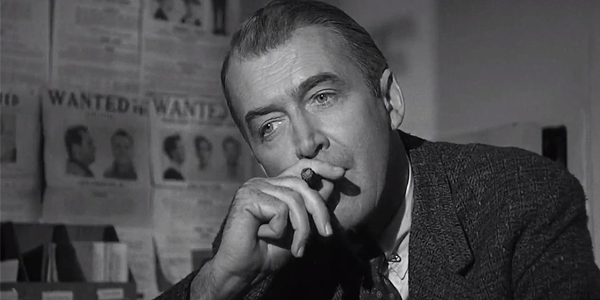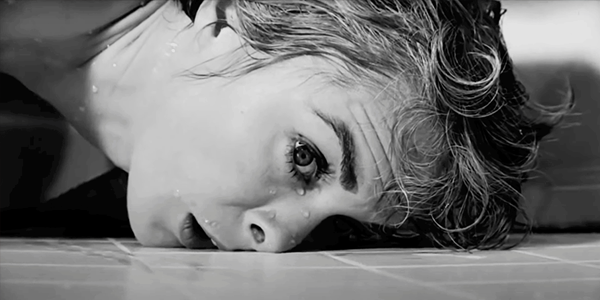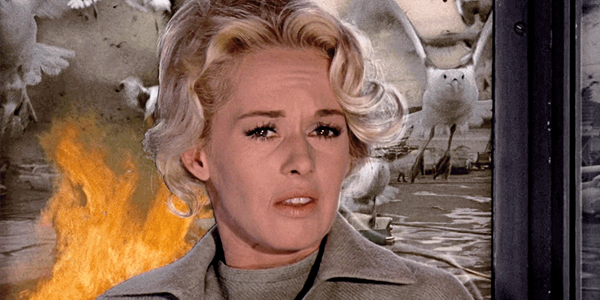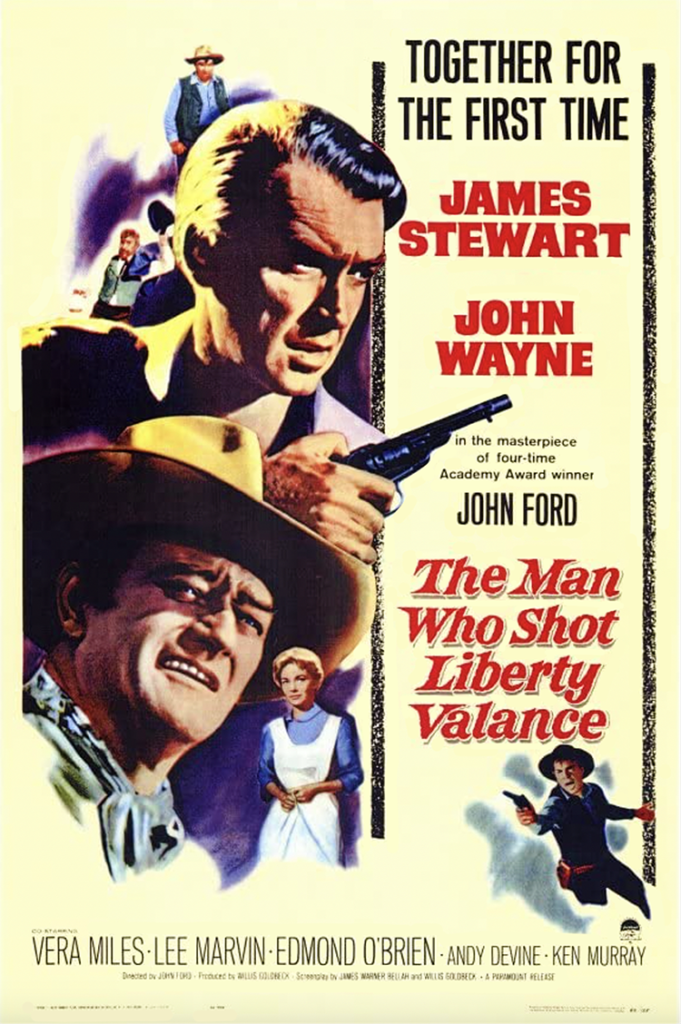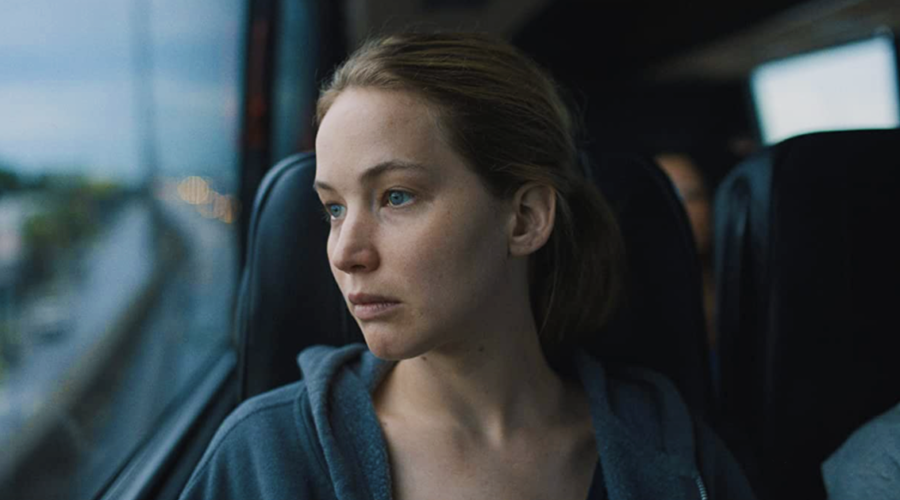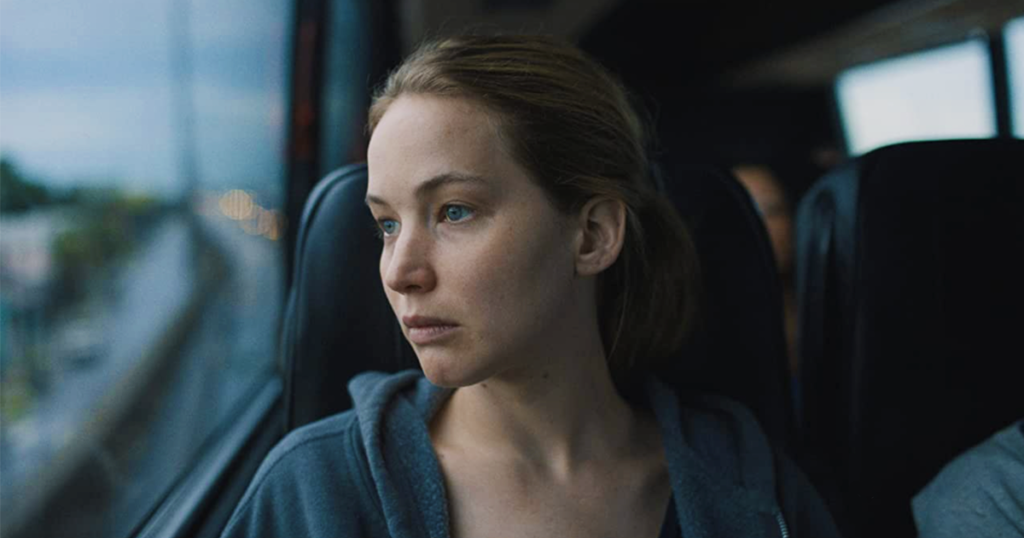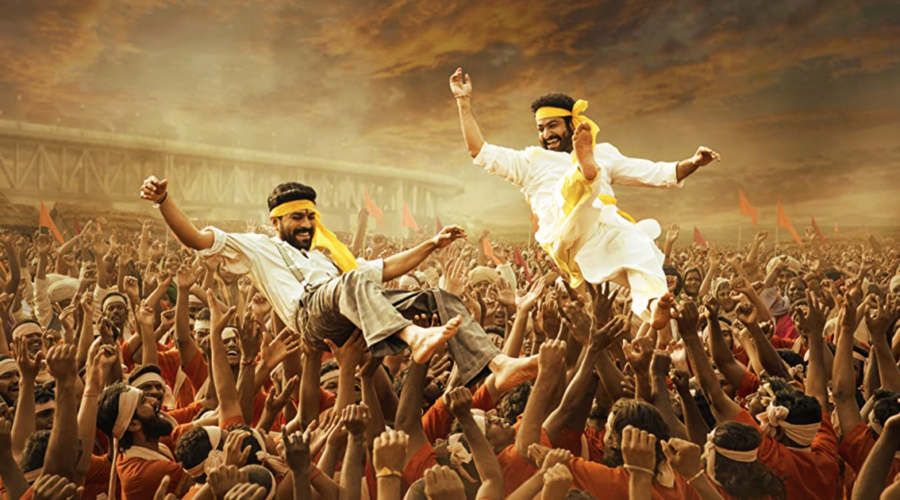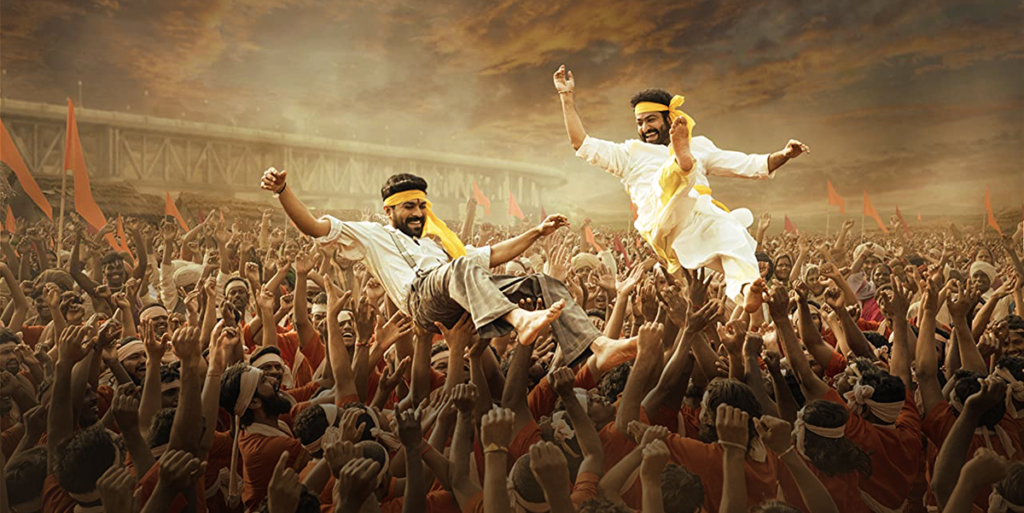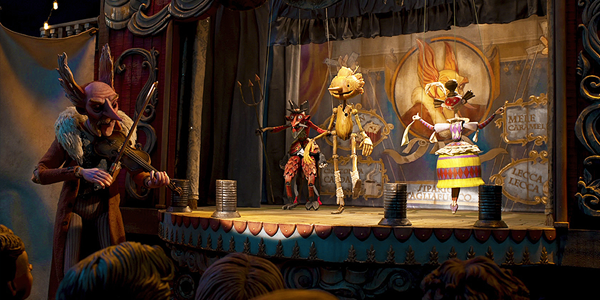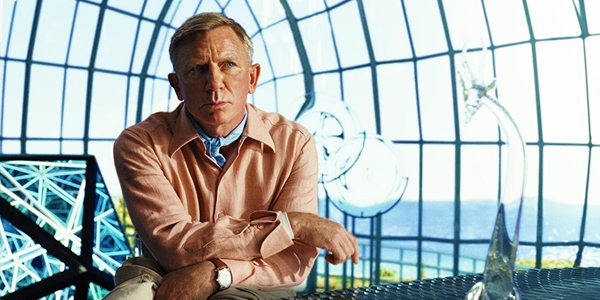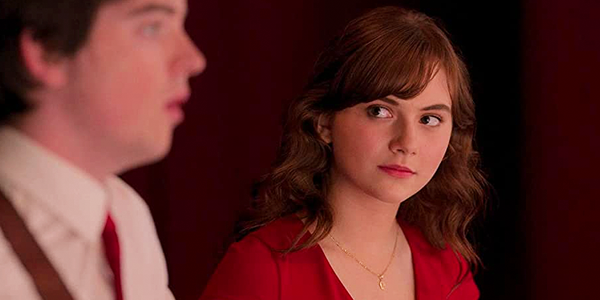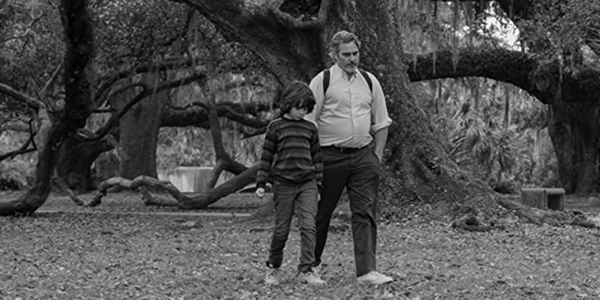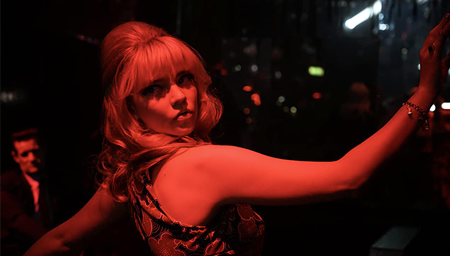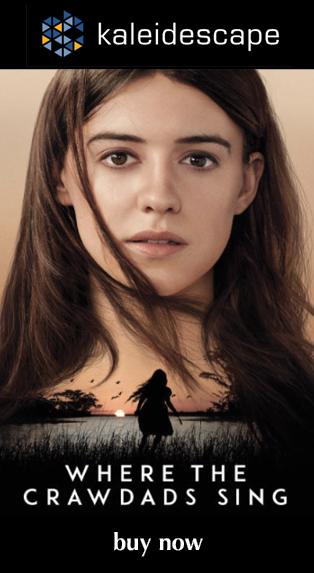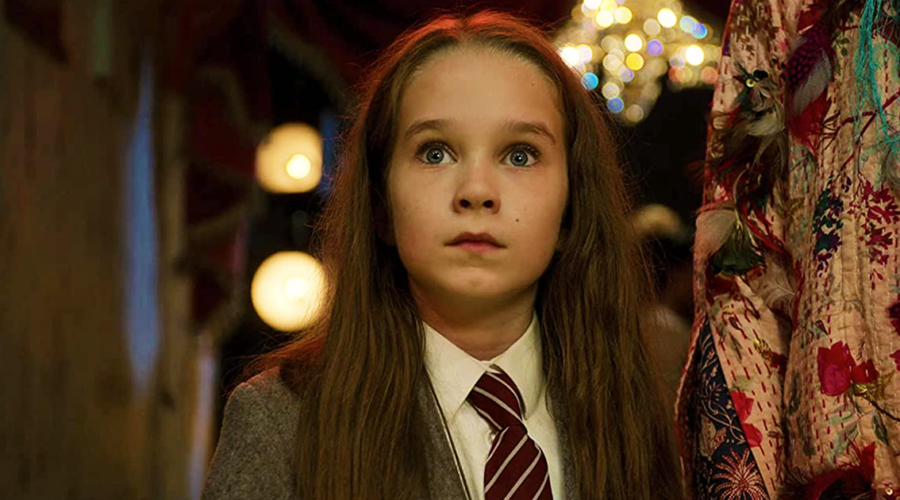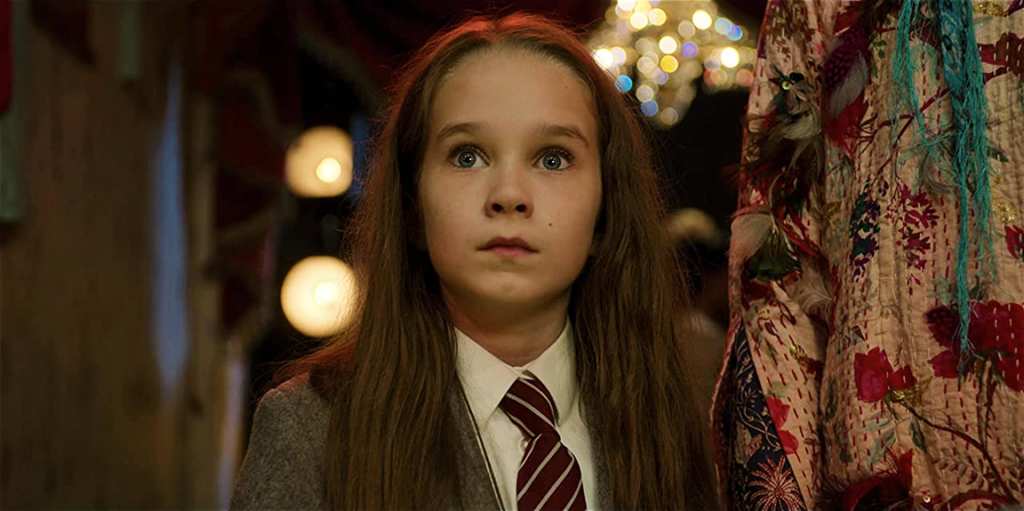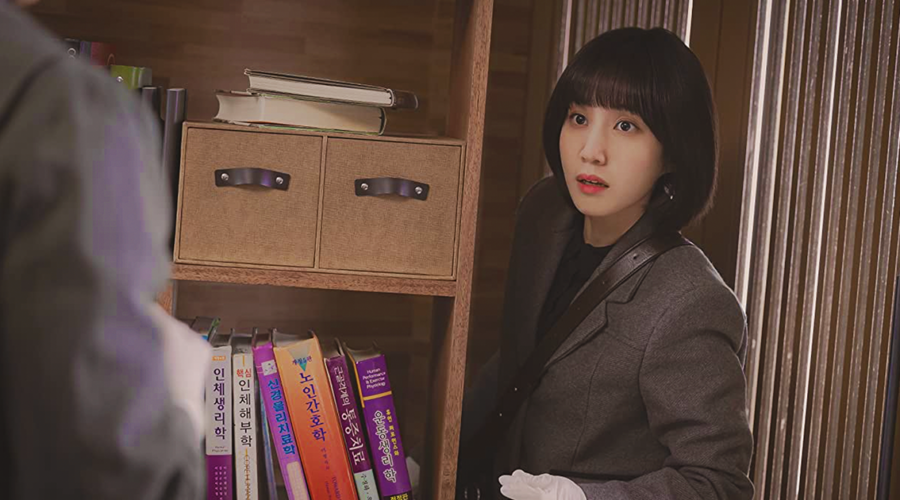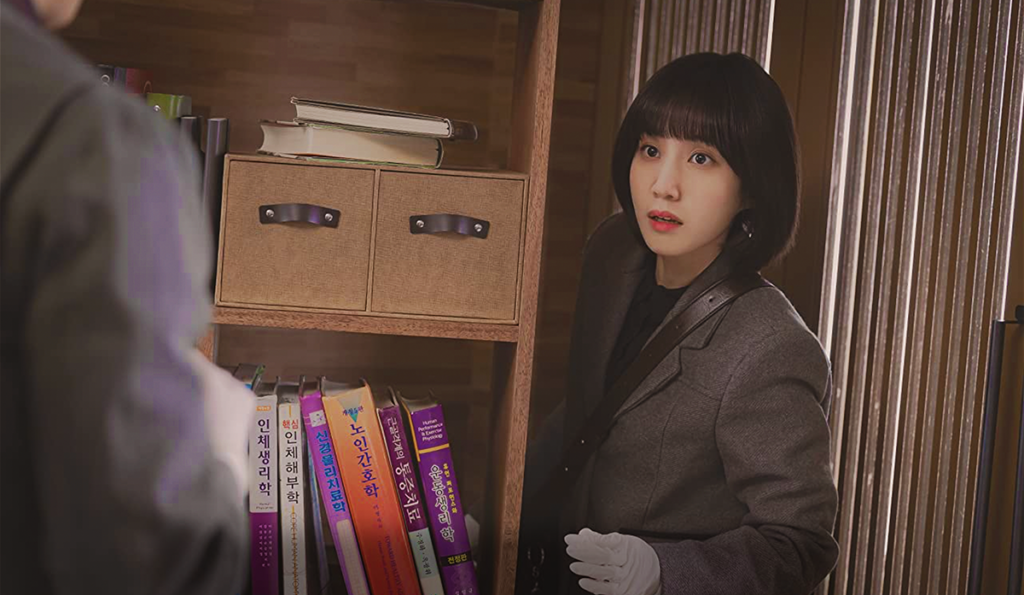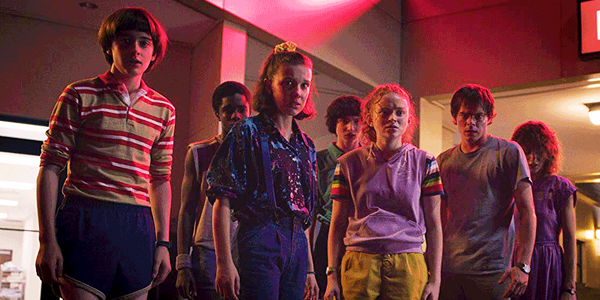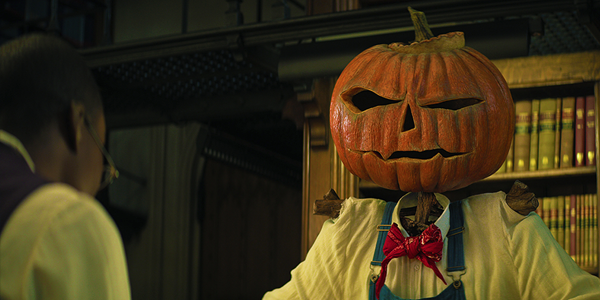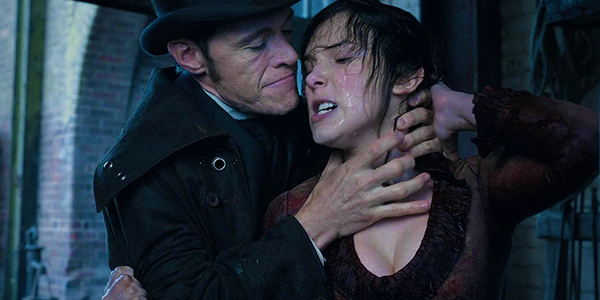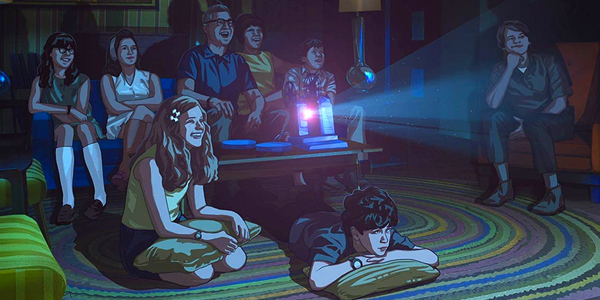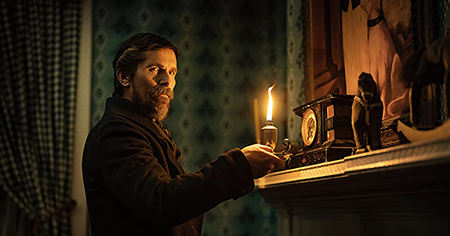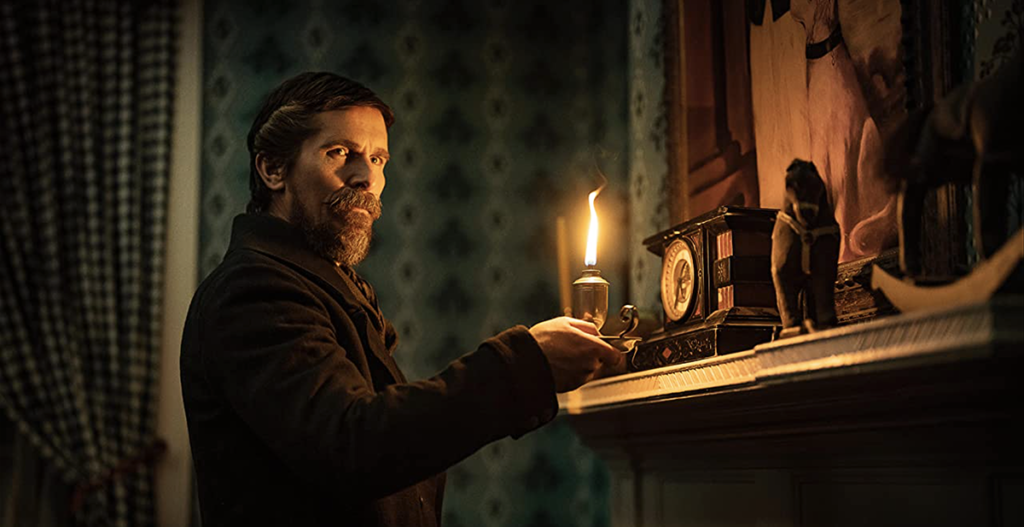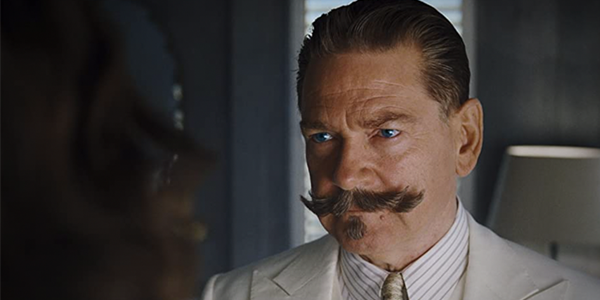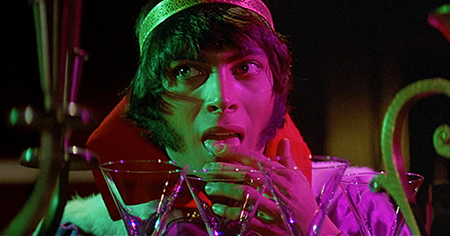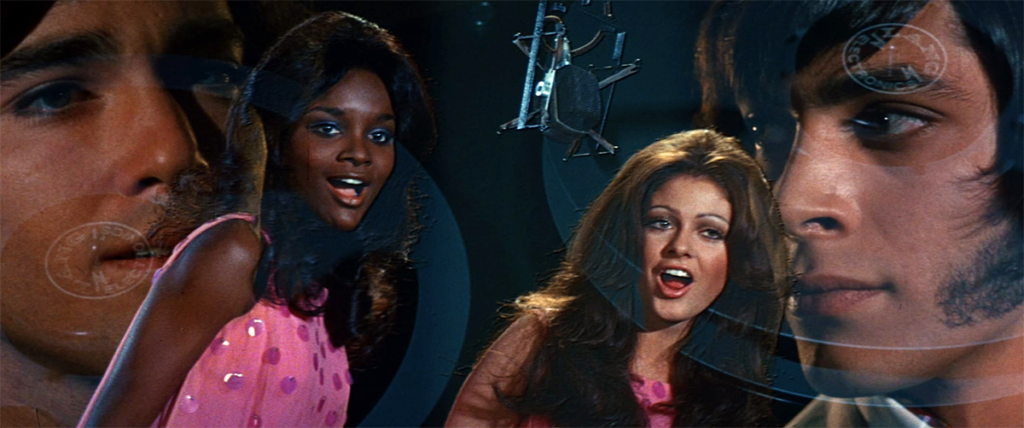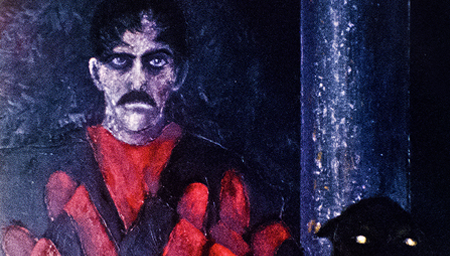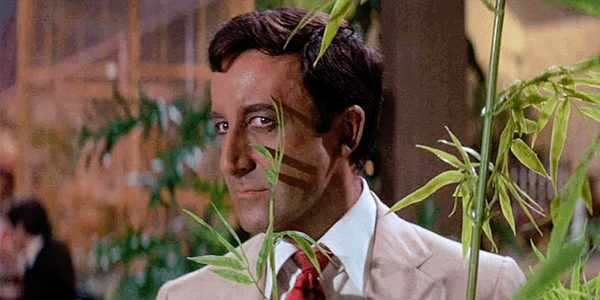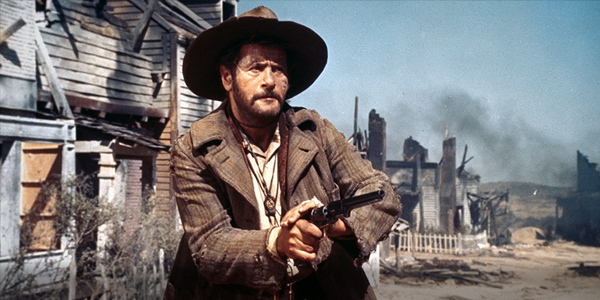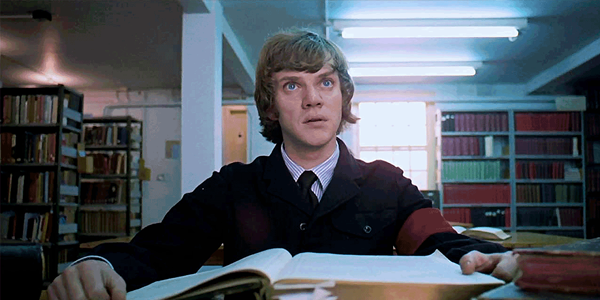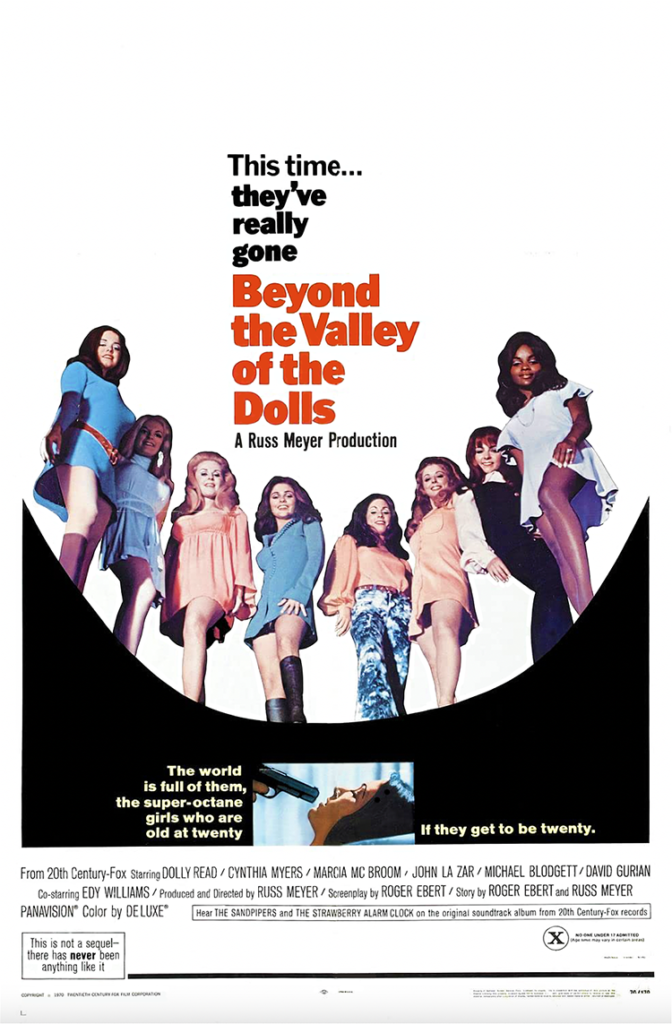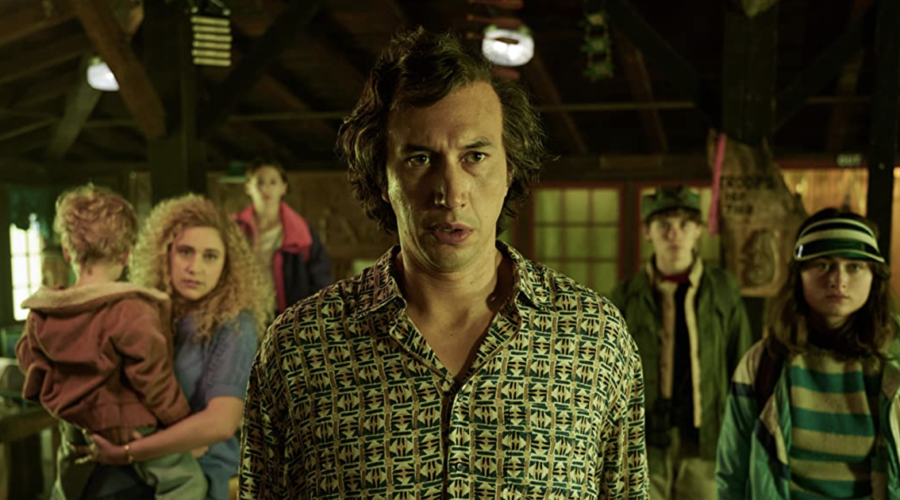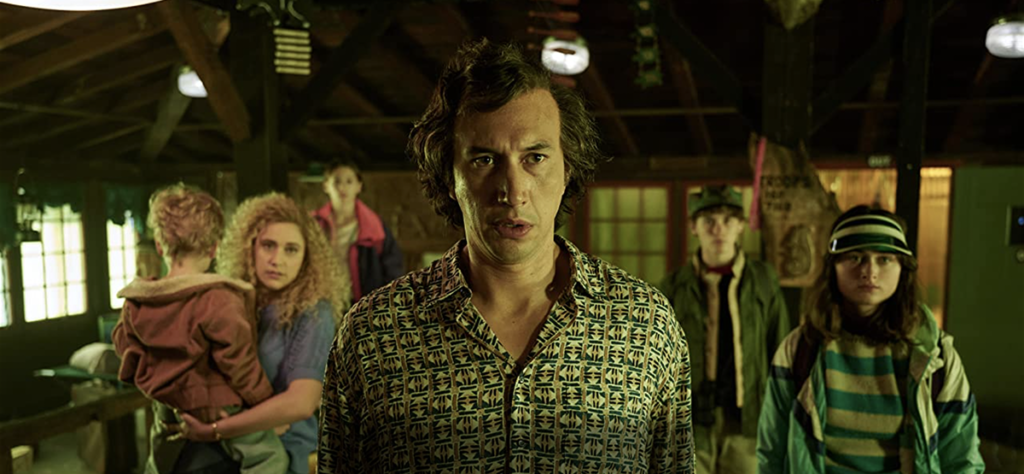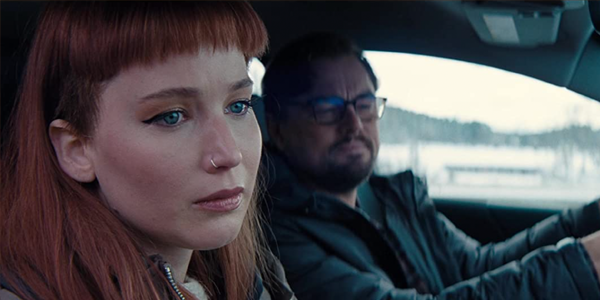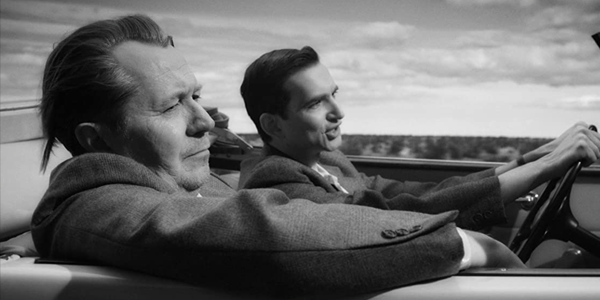Review: Triangle of Sadness
ALSO ON CINELUXE
Sign up for our monthly newsletter
to stay up to date on Cineluxe
This pointlessly excessive critique of excess is only available in HD on streaming but, given its hypocritical and cruel take on the wealthy, that might be all for the best
by Dennis Burger
February 8, 2023
With Triangle of Sadness, it’s nearly impossible to tell if writer/director Ruben Östlund desires to watch the ultra-wealthy suffer himself or if he simply assumes his audience is cruel and morally bankrupt. Either way, this muddled and overly long exercise in unfocused schadenfreude manages to be both shallow and thematically incoherent, callous and distant, shockingly disgusting and punishingly boring, and even its contradictions aren’t enough to make it interesting.
By the time it finally manages to say something in the third act, after two hours of heartless mockery and seemingly endless scenes of people soiling and regurgitating all over themselves, it’s almost impossible to care, mostly because what it does say is so predictable as to be insulting. The film tries its best to be a sort of Parasite meets Trading Places by way of Lord of the Flies, but ends up being equally ineffective as social commentary and black comedy.
There are bright spots, mind you—mostly in the performance of Charlbi Dean. She brings far more to the role of a spoiled influencer who joins the ranks of the privileged by virtue of her good looks than the role deserves. But one world-class performance (and, to be fair, a lot of other very good performances) can’t save this wretched excess posing as a critique of excess from being as revolting as it is hypocritically banal.
If, for whatever reason, the trailer (which is nothing more than the film with all the boring bits cut out) has so piqued your curiosity that you’re willing to suffer the punishment of the film just to say you’ve experienced it, I might encourage you to wait a few months. For now, it’s only available in HD via streaming, and the limitations of both resolution and dynamic range are distracting at times. Criterion is working on a director-approved UHD/HDR release, taken from the 4K digital intermediate, which was itself assembled from a mix of 4.5K, 5K, and 8K cinematography, but that won’t hit shelves until long after the buzz surrounding the film has evaporated.
Not having seen the theatrical presentation or the 4K home video master, I can only speculate about how much better it would look in UHD, but there are numerous scenes throughout the HD stream on iTunes where detail and definition are lost in the shadows, where nuance seems to be missing from the color palette, where flesh tones look a little sunburnt even when they shouldn’t, and where the AVC codec struggles with material that requires an equal mix of high- and low-frequency information to fully resolve the picture without some hash. To be clear, it all looks fine if you’re watching with a viewing angle on par with the typical TV in the typical living room, but at cinematic proportions it all sort of falls apart on occasion.
It looks like the Criterion UHD Blu-ray will also carry over the same 5.1-channel mix accompanying the iTunes stream—though in DTS-HD Master Audio instead of Dolby Digital Plus—instead of the Dolby Atmos mix prepared for theatrical exhibition. I’m not sure it makes much of a difference, because Apple’s 5.1 presentation up-mixes really beautifully into Atmos.
Subtle and not-so-subtle ambient sound effects abound in the surround soundfield, including some effects that do quite a good job of enhancing immersion. The resonant rattle of the HVAC system on the yacht in which the second act unfolds is ever-present above and behind you, serving at times almost as white noise and as other times as a persistent irritant. Panning across the front soundstage is also aggressive, but so artfully done as to be almost subliminal. All things considered, the sound mix is stunning.
Again, though, it isn’t enough to save this film from its own disgusting compulsion to wallow in the muck, to obsess over the worst aspects of human nature, to throw half-baked ideas at the screen in the desperate hope that any of them sticks with anything resembling coherency. To be blunt, it’s one of the most soulless and repugnant works of cinema I’ve seen in ages, and the fact that it’s getting any attention this awards season is as scathing an indictment of entertainment industry as I can imagine.
Dennis Burger is an avid Star Wars scholar, Tolkien fanatic, and Corvette enthusiast who somehow also manages to find time for technological passions including high-end audio, home automation, and video gaming. He lives in the armpit of Alabama with his wife Bethany and their four-legged child Bruno, a 75-pound American Staffordshire Terrier who thinks he’s a Pomeranian.
PICTURE | The HD stream on iTunes exhibits numerous scenes where detail and definition are lost in the shadows, nuance seems to be missing from the color palette, and flesh tones look a little sunburnt even when they shouldn’t
SOUND | All things considered, the 5.1 sound mix is stunning. Subtle and not-so-subtle ambient sound effects abound in the surround soundfield, including some effects that do quite a good job of enhancing immersion.
© 2023 Cineluxe LLC





